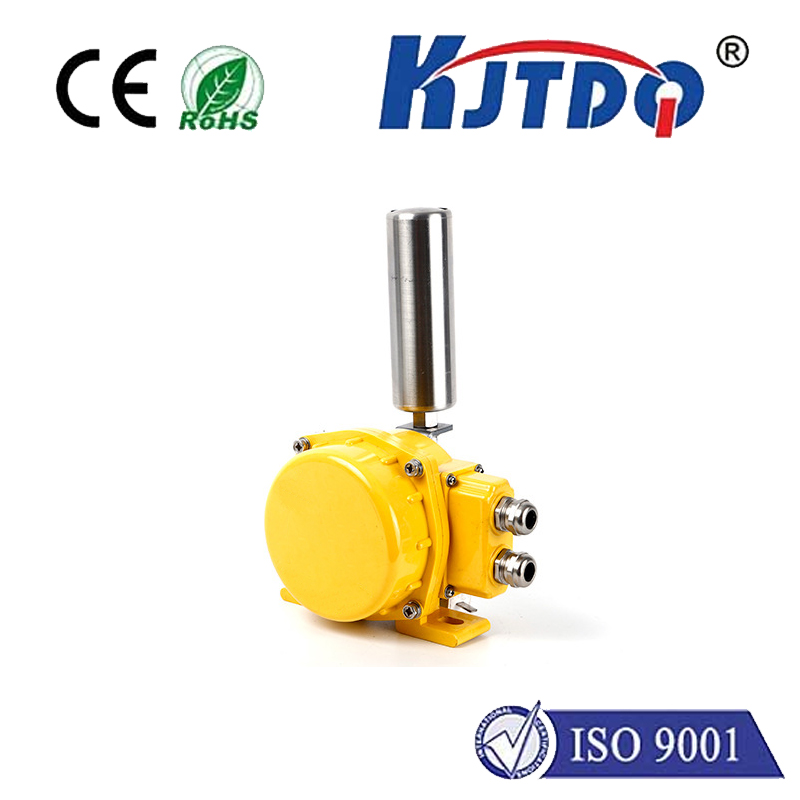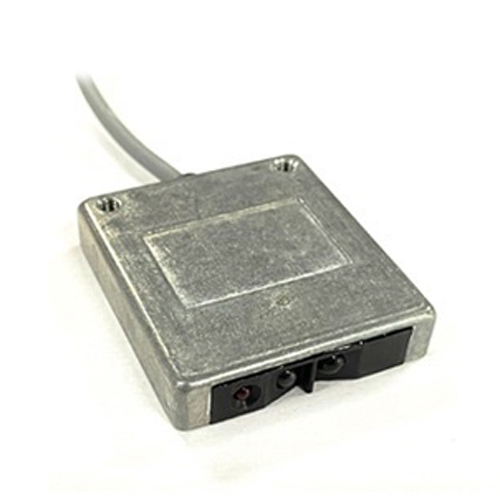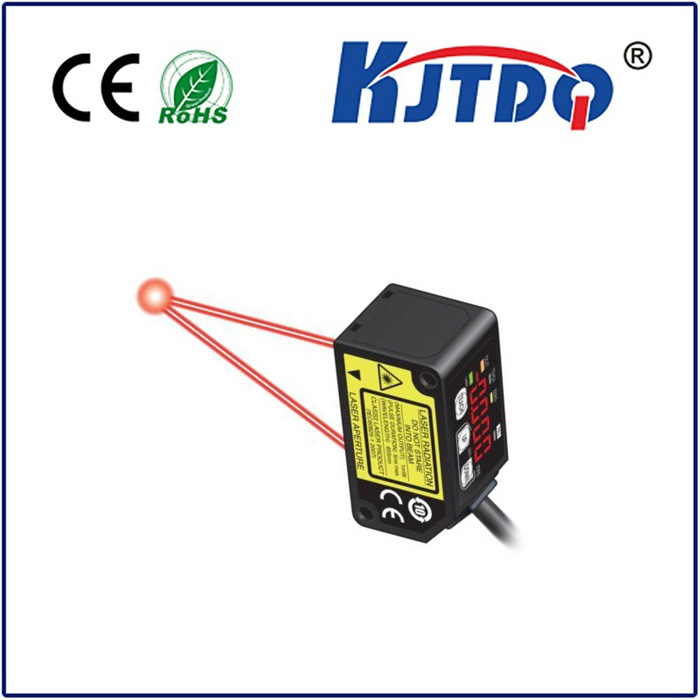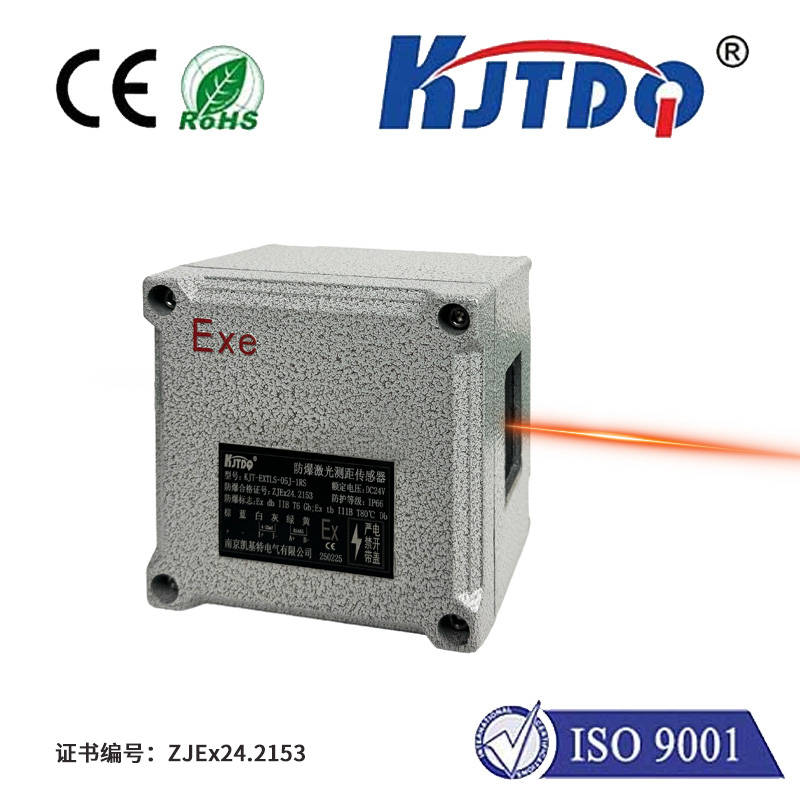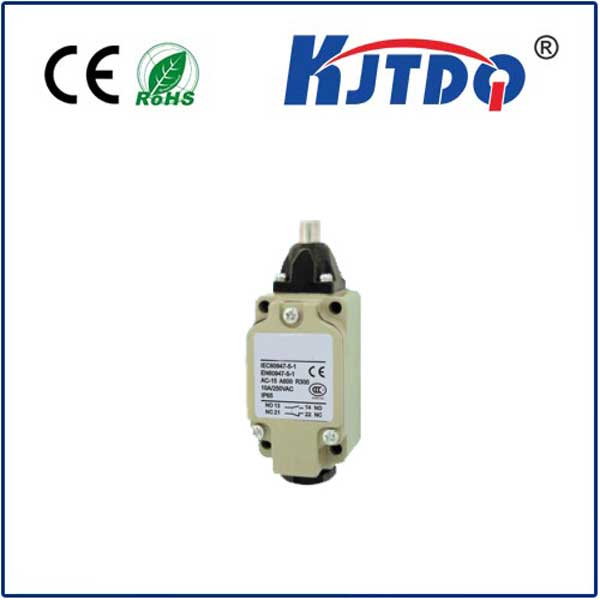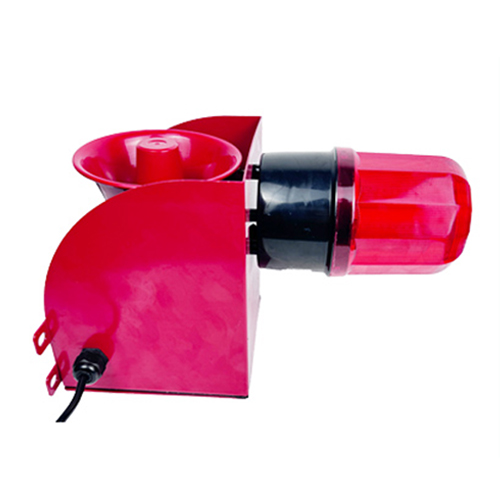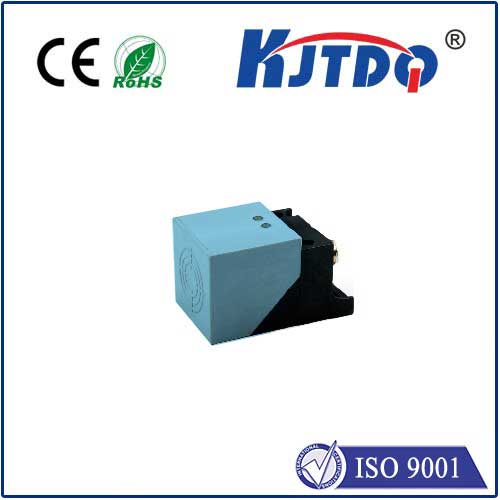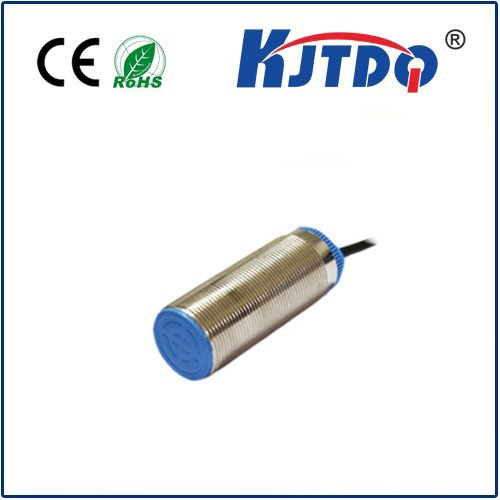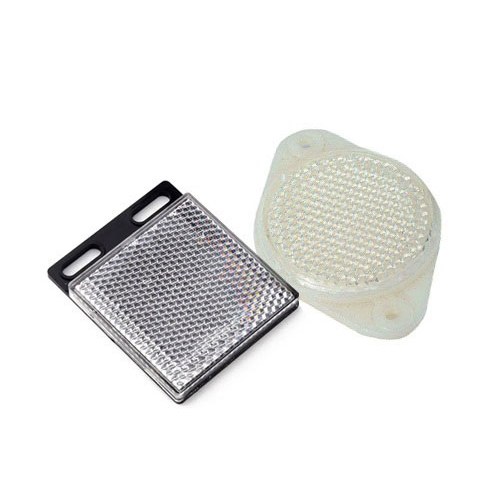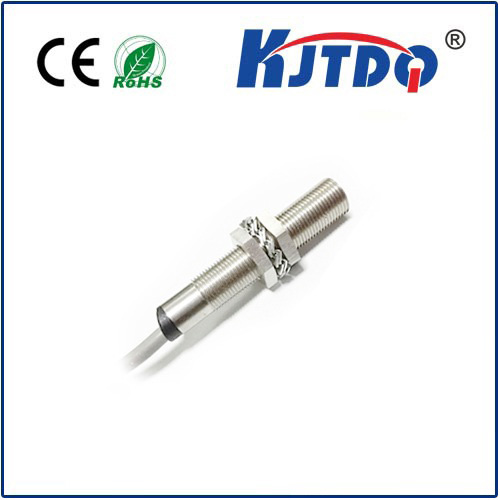

check

check

check

check
Optical Fiber Sensors in Modern Structural Monitoring: A Comprehensive Overview
Optical fiber sensors have emerged as a transformative technology in the field of structural health monitoring, particularly in civil and mechanical engineering. These sensors offer unique advantages that make them highly suitable for real-time data acquisition and long-term monitoring of structures. One of the most notable applications of optical fiber sensors is in the FU-16Z optical fiber sensor, which is designed to provide precise and reliable measurements of strain, temperature, and vibration in various environments.
The FU-16Z optical fiber sensor is a compact, high-performance device that leverages the principles of optical fiber sensing to detect subtle changes in physical parameters. Unlike traditional sensors that require physical contact with the structure, the FU-16Z sensor is embedded within the material or attached to it, enabling non-invasive and continuous monitoring. This makes it ideal for applications where installation and maintenance are challenging or costly.

The core principle behind the FU-16Z sensor involves the use of fiber Bragg grating (FBG) technology. FBG sensors are known for their high sensitivity, durability, and resistance to electromagnetic interference. The sensor works by embedding a periodic refractive index modulation into the optical fiber. When the fiber is subjected to strain or temperature changes, the periodic structure shifts, causing a change in the wavelength of the reflected light. This wavelength shift is then detected and converted into a measurable signal.
One of the key advantages of the FU-16Z sensor is its ability to provide multi-parameter measurements in a single unit. It can simultaneously detect strain, temperature, and vibration, making it a versatile tool for structural monitoring. This multifunctionality is particularly valuable in complex environments where multiple parameters need to be monitored in real time. For example, in high-rise buildings, wind loads, and bridges, the FU-16Z sensor can provide critical data to ensure structural integrity and safety.
The sensor is also designed for ease of installation and maintenance. Its compact size and modular design allow it to be integrated into various structures without significant disruption. This makes it a popular choice for both new constructions and retrofitting projects. Additionally, the FU-16Z sensor is compatible with a wide range of monitoring systems, enabling seamless data integration into existing infrastructures.
In terms of performance, the FU-16Z sensor is optimized for accuracy and repeatability. It is calibrated to provide consistent readings under varying environmental conditions, ensuring reliable data collection. The sensor’s robust construction allows it to withstand harsh conditions, making it suitable for use in extreme environments such as offshore platforms, aerospace applications, and industrial facilities.
The integration of the FU-16Z sensor into structural monitoring systems has significantly improved the efficiency and effectiveness of real-time monitoring. By providing continuous, accurate data, it helps engineers make informed decisions and take proactive measures to prevent structural failures. This not only enhances safety but also reduces maintenance costs and increases the lifespan of critical infrastructure.
In conclusion, the FU-16Z optical fiber sensor represents a significant advancement in structural monitoring technology. Its unique capabilities, including multi-parameter sensing, non-invasive installation, and robustness, make it a valuable tool for engineers and researchers. As technology continues to evolve, the role of optical fiber sensors like the FU-16Z will only become more critical in ensuring the safety and longevity of infrastructure.
